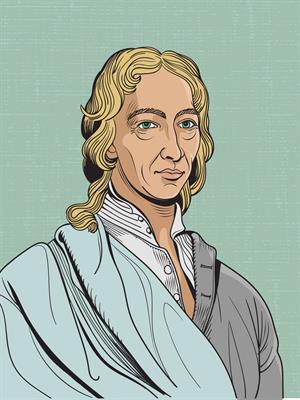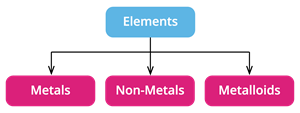
PUMPA - SMART LEARNING
எங்கள் ஆசிரியர்களுடன் 1-ஆன்-1 ஆலோசனை நேரத்தைப் பெறுங்கள். டாப்பர் ஆவதற்கு நாங்கள் பயிற்சி அளிப்போம்
Book Free DemoThe term element was first used byRobert Boyle. He was the supporter of the elemental essence of matter and the nature of vacuum. Boyle's Law was his best-known work.

Robert Boyle
Example:
Elements: Some of the most basic chemical compounds those cannot be altered by a chemical reaction or any other chemical process. Elements are composed of atoms with the same number of protons.
The simplest form of matter is an element. In our everyday lives, we use a variety of components.
- Water is made up of two elements: Hydrogen and oxygen.
- Magnesium and Phosphorus are used in the production of crackers.
- In agriculture, sulphur is used as a fertiliser.
- The elements sodium and chlorine are found in common salt.
- Mobile phones are made of gallium, while computer chips are made of silicon.
Note: Till date, 118 elements have been identified. 94 of these elements are found in nature, while 24 have been produced artificially in the lab.
Classification of Elements:
Elements are the fundamental substances that cannot be separated into simpler substances by any chemical methods.

According to Antoine Laurent Lavoisier, an element is a fundamental type of matter that cannot be broken down into simpler substance by chemical reactions.
Based on their chemical properties, we divide the elements into Metals, Non-metals, and Metalloids.
Let us discuss about metals, non-metals and metalloids in upcoming section.